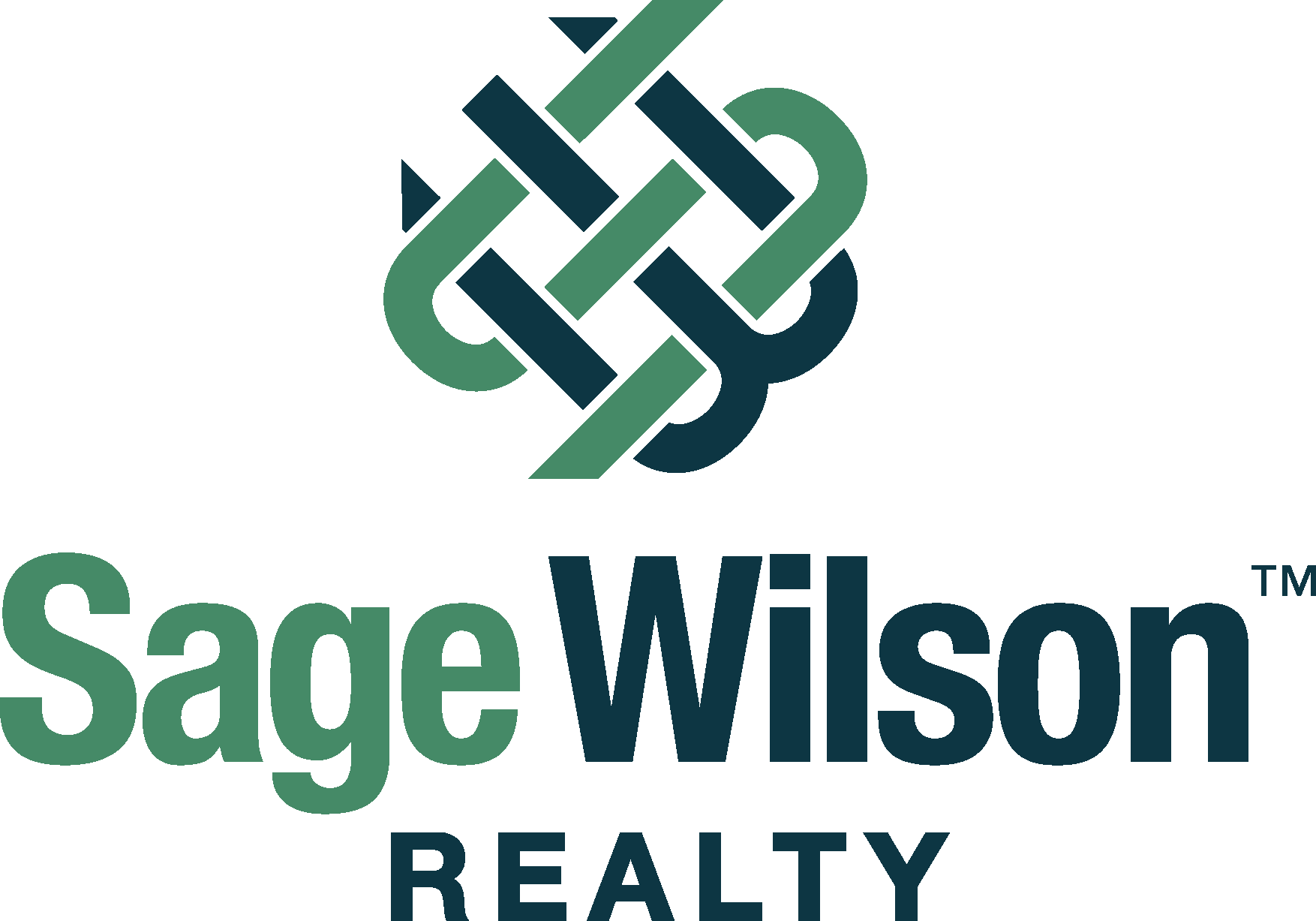In our last blog post, we examined ways to identify a property that would make a great property investment in Austin, and we focused mainly on the tangibles from the perspective of being able to rent it out and optimize rents. In today’s post, we’ll take a look at how to be sure that the numbers work for your real estate investments.
- Be sure that you can rent the property. It’s no fun to jump into real estate investing and later discover that zoning laws or a homeowner’s association restriction renders your rental unrent-able. Be sure to read and understand any CC&Rs (covenants, conditions, and restrictions), homeowner’s association documents, and local laws that affect your property or area.
- Do the math. When you invest in Austin, TX real estate, you’re likely aiming to generate cash flow and/or make money. But, how will you know if the rent will clear the costs of maintaining the property? As a rule of thumb, if the rent is at least 1% of the purchase price, it’s worth considering. Beyond that, you want a mortgage payment (not including TI or taxes and insurance) to be less than 50% of the monthly rent. These two rules of thumb optimize your chances of making money on your investment in the long term.
- If you want to crunch the monthly numbers to the letter, we’ve outlined ordinary expenses below:
– Mortgage payment
– Property taxes
– Homeowner’s insurance
– Property management (figure 8-12% of monthly rent, on average)
– Homeowner’s association fee
– Vacancy rate (figure 10% of monthly rent)
– Repair and general maintenance (figure 5% of monthly rent)
Total these expenses and subtract the total from the monthly rent.
- Figuring the “cap rate,” or the annual return you can expect to receive after expenses have been paid, is helpful. To get this figure, you’ll divide your net yearly rental income (rents minus expenses), excluding your mortgage payment, by the rental property’s purchase price. As an example, let’s say your net income is $10,000, and the purchase price was $200,000. Dividing $10,000 by $200,000 gives you a 5% cap rate, and anything over 5% is considered acceptable.
If you have questions about finding a great investment property in Austin, Texas, reach out to the Sage Wilson Property Group or fill out the short form below. We’re always happy to help.





